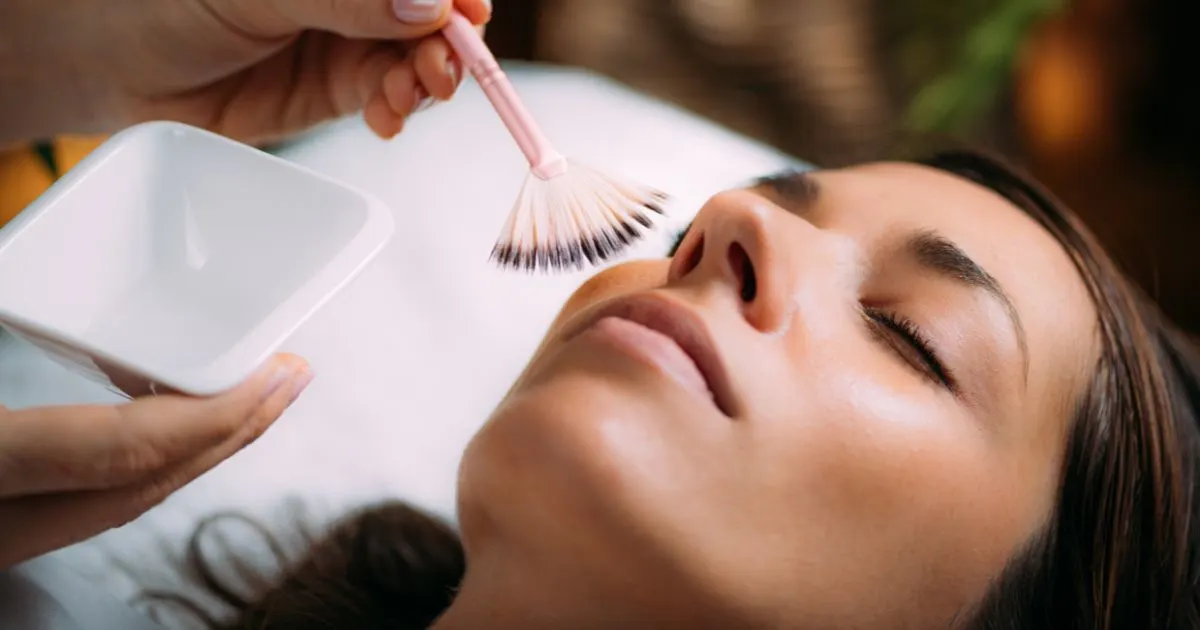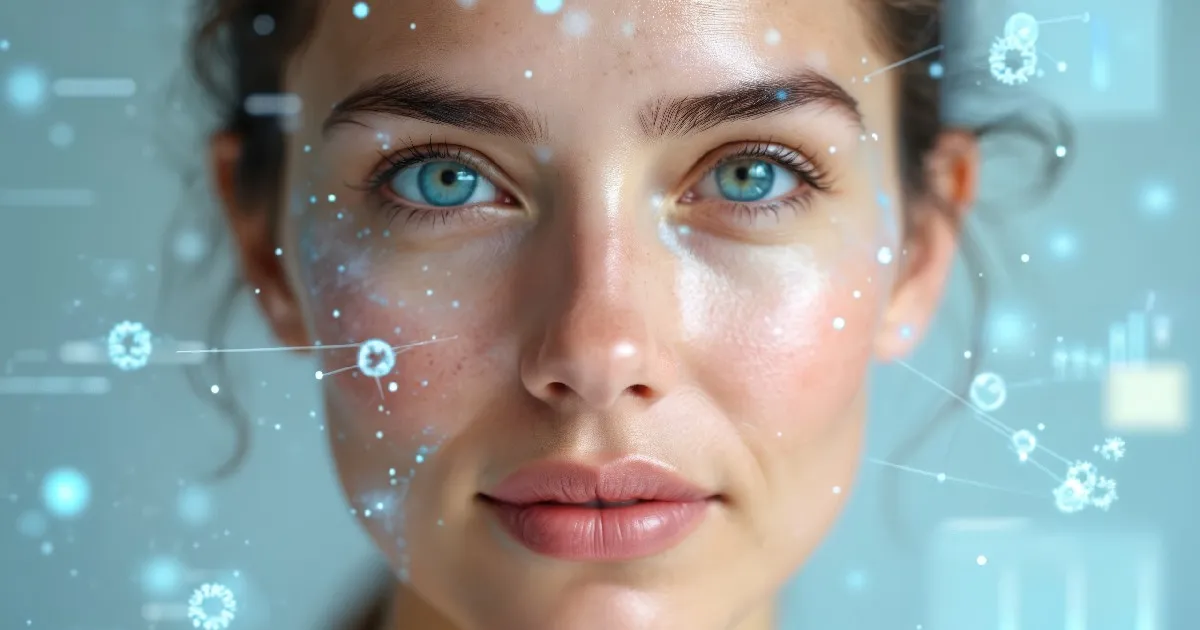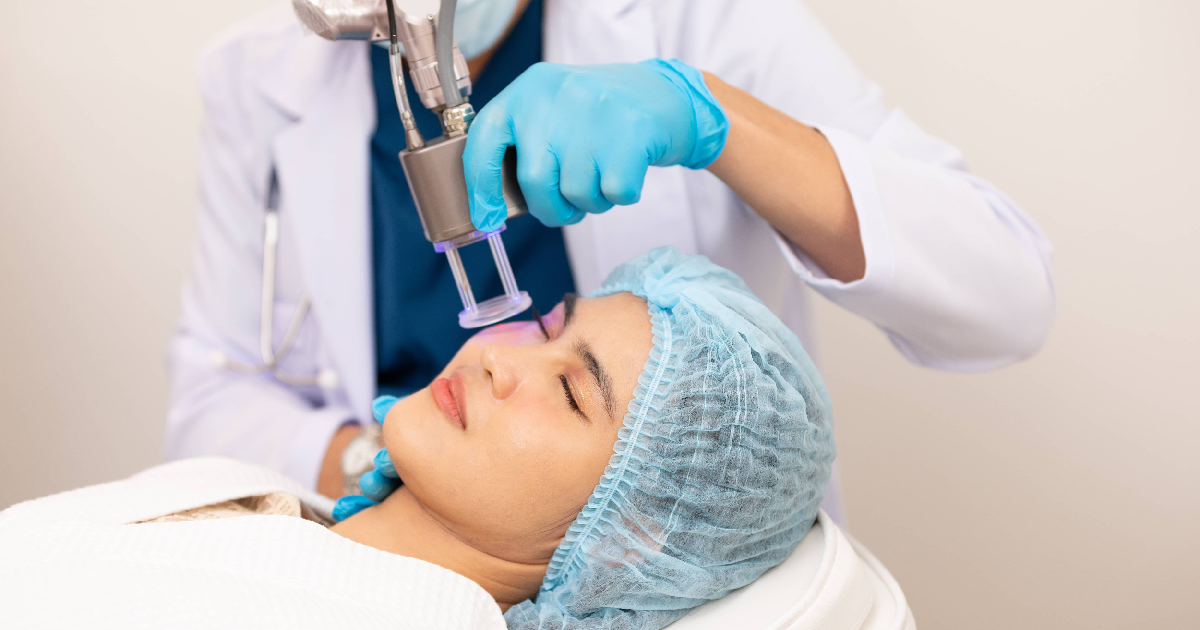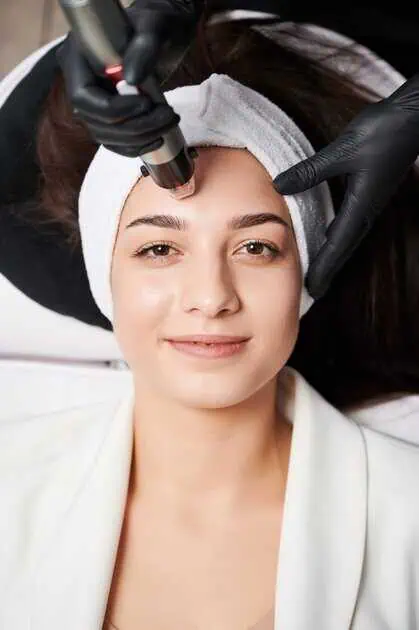
Table of Contents
When it comes to non-surgical facial rejuvenation, modern aesthetics has never offered so many possibilities.
Among the most sought-after treatments are biostimulators and hyaluronic acid fillers. These treatments are both designed to restore youth, enhance contours, and improve skin quality.
But with so many choices, how do you know which option is right for your unique goals?
This filler treatment guide explores the differences between biostimulator fillers and hyaluronic acid fillers. Here, we will compare how they work, what results to expect, and who benefits most.
By the end, you’ll have a clear understanding of the HA vs biostimulator benefits, helping you choose the right path toward a confident, refreshed appearance.
What Are Hyaluronic Acid Fillers?
Hyaluronic acid fillers are the most widely used injectables in the aesthetics world. Hyaluronic acid (HA) is a naturally occurring sugar molecule in the body that attracts and holds water, keeping your skin plump and hydrated. When used as an injectable, HA instantly replenishes lost volume and smooths wrinkles.
Key Features of Hyaluronic Acid Fillers
- Immediate results: You walk out of your appointment with noticeable improvements.
- Versatility: Ideal for lips, cheeks, under-eyes, nasolabial folds, and jawline contouring.
- Reversibility: Unlike some injectables, HA fillers can be dissolved if adjustments are needed.
- Facial volumizing options: Multiple formulations exist from soft gels for fine lines to firmer gels for structure and definition.
These qualities make hyaluronic acid fillers a go-to choice for patients who want fast, customizable results without surgery.
What Are Biostimulators?
Unlike HA fillers, biostimulators (also called collagen-stimulating injections) don’t provide instant volume by themselves. Instead, they trigger your body’s natural healing response, stimulating the production of collagen and elastin over time. Products like Sculptra® and Radiesse® gradually enhance the skin’s strength, elasticity, and youthful fullness.
Key Features of Biostimulators
- Gradual improvements: Results develop over several weeks as collagen builds beneath the skin.
- Natural rejuvenation: Enhances skin tone, thickness, and firmness in a subtle way.
- Long-lasting fillers: Results often last 18–24 months or longer.
- Skin quality boost: Not only volumizes but also improves texture and elasticity.
By focusing on regeneration, biostimulator fillers offer a holistic solution that strengthens your skin from within.
Dermal Fillers Comparison: HA vs Biostimulators
To help you visualize the differences, here’s a dermal fillers comparison:
| Feature | Hyaluronic Acid Fillers | Biostimulators |
| Mechanism | Adds instant volume with gel | Triggers collagen/elastin production |
| Results | Immediate, visible right away | Gradual, natural-looking over weeks |
| Longevity | 6–12 months on average | 18–24 months or more |
| Best Uses | Lips, under-eyes, fine lines, contour | Cheeks, temples, jawline, overall skin |
| Reversibility | Yes, with hyaluronidase | No, results fade naturally over time |
| Experience Level Needed | Excellent for first-time filler users | Best for patients seeking long-term goals |
In a nutshell, hyaluronic acid fillers give you quick results that can be fine-tuned, while biostimulators in Melbourne, FL deliver longer-lasting, regenerative effects.
HA vs Biostimulator Benefits: Which Is Right for You?
The right choice depends on your personal goals, lifestyle, and timeline:
Choose hyaluronic acid fillers if:
You want instant results, correction for a special event, or reversible treatment options.
Choose biostimulators if:
You prefer gradual improvements, want a more natural transformation, or are seeking long-lasting fillers.
Combination approach:
Many patients find the best results come from combining both treatments. This may mean using HA fillers for immediate enhancements and biostimulators for long-term skin health. This dual strategy balances instant gratification with sustainable rejuvenation.
The Role of Non-Surgical Facial Rejuvenation
Both hyaluronic acid fillers and biostimulators are recognized cornerstones of non-surgical facial rejuvenation. They allow patients to avoid downtime, scars, and risks associated with surgery while still achieving meaningful improvements. With expert placement, these treatments:
- Restore youthful contours: Fillers can restore youthful contours by replenishing lost volume and redefining natural facial structure.
- Enhance facial harmony: Carefully placed injectables enhance facial harmony by balancing proportions and creating a more symmetrical appearance.
- Minimize wrinkles and fine lines: Both treatments help minimize wrinkles and fine lines by smoothing the skin for a refreshed, age-defying look.
- Improve overall skin quality: Biostimulators improve overall skin quality by stimulating collagen production for firmer, healthier-looking skin.
The artistry lies in customizing the right balance of facial volumizing options for your unique anatomy and goals.
What to Expect During Treatment
With Hyaluronic Acid Fillers
- Consultation: Your provider maps out your facial anatomy and goals.
- Treatment: Injections take 15–45 minutes depending on the area.
- Recovery: Mild swelling or bruising may occur but usually resolves quickly.
- Results: Visible immediately and refined over a few days.
With Biostimulators
- Consultation: Focus on long-term rejuvenation planning.
- Treatment: Similar quick injections, but multiple sessions may be recommended.
- Recovery: Minimal downtime, mild tenderness possible.
- Results: Build gradually, peaking around 3–6 months as collagen develops.
Both treatments are well-tolerated, making them accessible for busy schedules.
Safety and Side Effects
Both hyaluronic acid fillers and biostimulator fillers are FDA-approved and considered safe when performed by qualified providers. Common side effects include mild swelling, bruising, or redness at injection sites, which typically resolve within a few days.
The main difference: HA fillers can be dissolved if necessary, whereas biostimulators cannot. That’s why choosing a skilled provider is essential for natural, balanced outcomes.
Cost Considerations
Pricing depends on product type, number of syringes or vials, and treatment goals. Generally:
- Hyaluronic acid fillers: Cost-effective for smaller, targeted corrections.
- Biostimulators: Higher upfront cost but longer duration, often proving more economical over time.
When comparing HA vs biostimulator benefits, think of it as a short-term vs. a long-term investment in your appearance.
AR Aesthetics: A Personalized Approach to Biostimulators
Do forehead lines, crow’s feet,or frown lines make you feel hesitant to express yourself? At AR Aesthetics in Melbourne, patients often share how facial wrinkles don’t just alter their appearance they impact their confidence. Wrinkles can feel like a barrier, keeping you from laughing freely or showing your true emotions.
Led by double fellowship-trained cosmetic surgeon Dr. Ahmed Ibrahim, AR Aesthetics specializes in treatments designed to restore confidence in a comfortable, spa-like setting. Their team offers biostimulator fillers along with Botox®, Dysport®, and Letybo® neuromodulators to address dynamic and static wrinkles alike.
Why does this matter? Because delaying treatment can deepen wrinkles, making them harder to correct later. At AR Aesthetics, the focus is on personalized wrinkle solutions that fit your lifestyle, helping you look refreshed while feeling empowered. Whether you’re considering collagen-stimulating injections for long-term rejuvenation or fillers for instant volume, the compassionate approach at AR Aesthetics ensures that you receive care tailored to your needs.
Book Your Consultation and Choose the Best Option for You!
Frequently Asked Questions
What is the main difference between biostimulators and hyaluronic acid fillers?
Biostimulators gradually build collagen for long-term results, while hyaluronic acid fillers provide immediate volume and hydration.
How long do results from biostimulator fillers last?
Results from biostimulators often last 18–24 months or longer, depending on your skin and treatment plan.
Are hyaluronic acid fillers reversible?
Yes, hyaluronic acid fillers can be dissolved with an enzyme called hyaluronidase if adjustments are needed.
Who is a good candidate for collagen-stimulating injections?
Patients seeking natural, long-lasting rejuvenation and improved skin quality are ideal candidates for biostimulators.
Can biostimulators and HA fillers be combined in one treatment plan?
Yes, many providers combine both to deliver immediate enhancements with HA and long-term benefits with biostimulators.
























